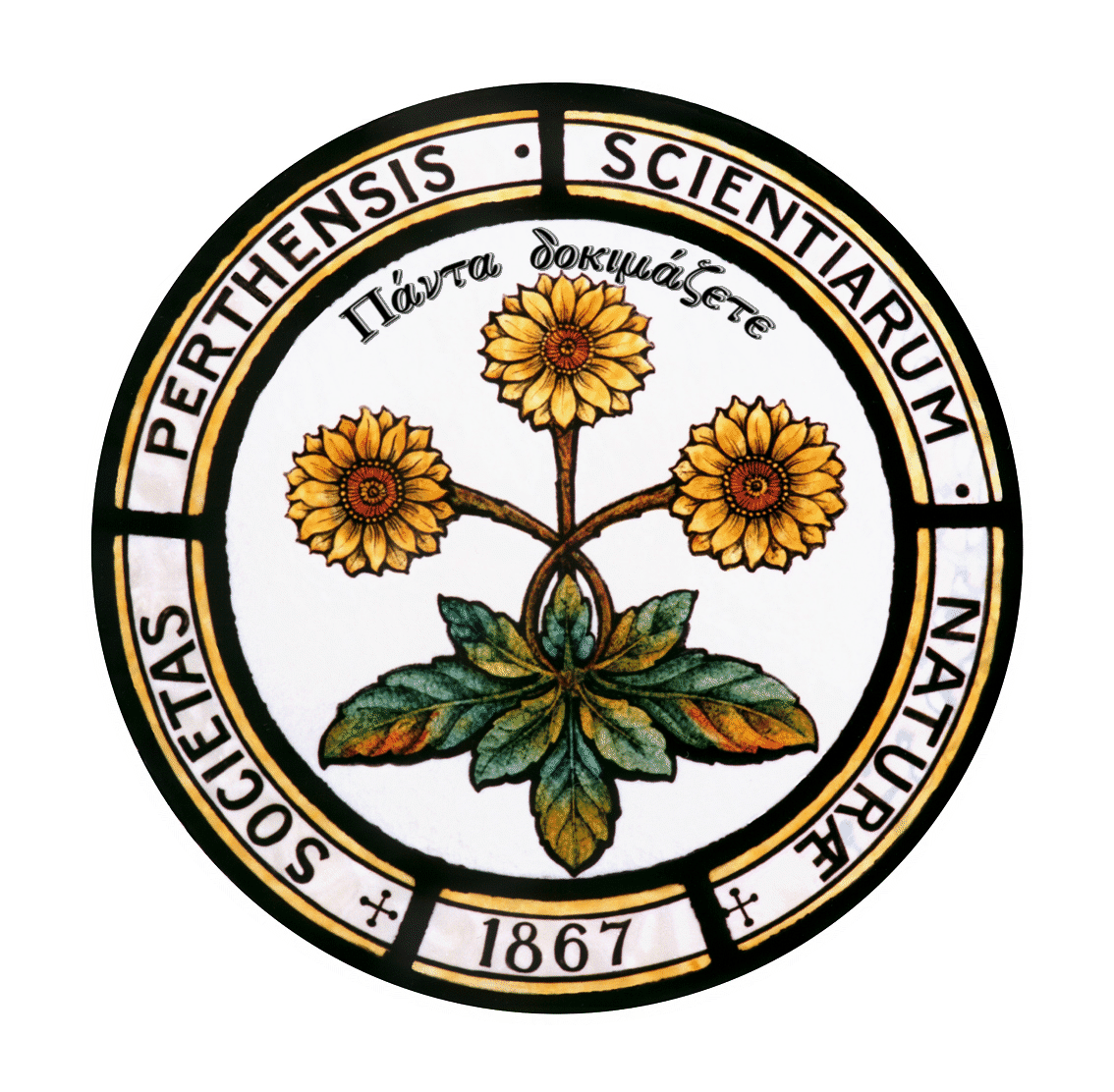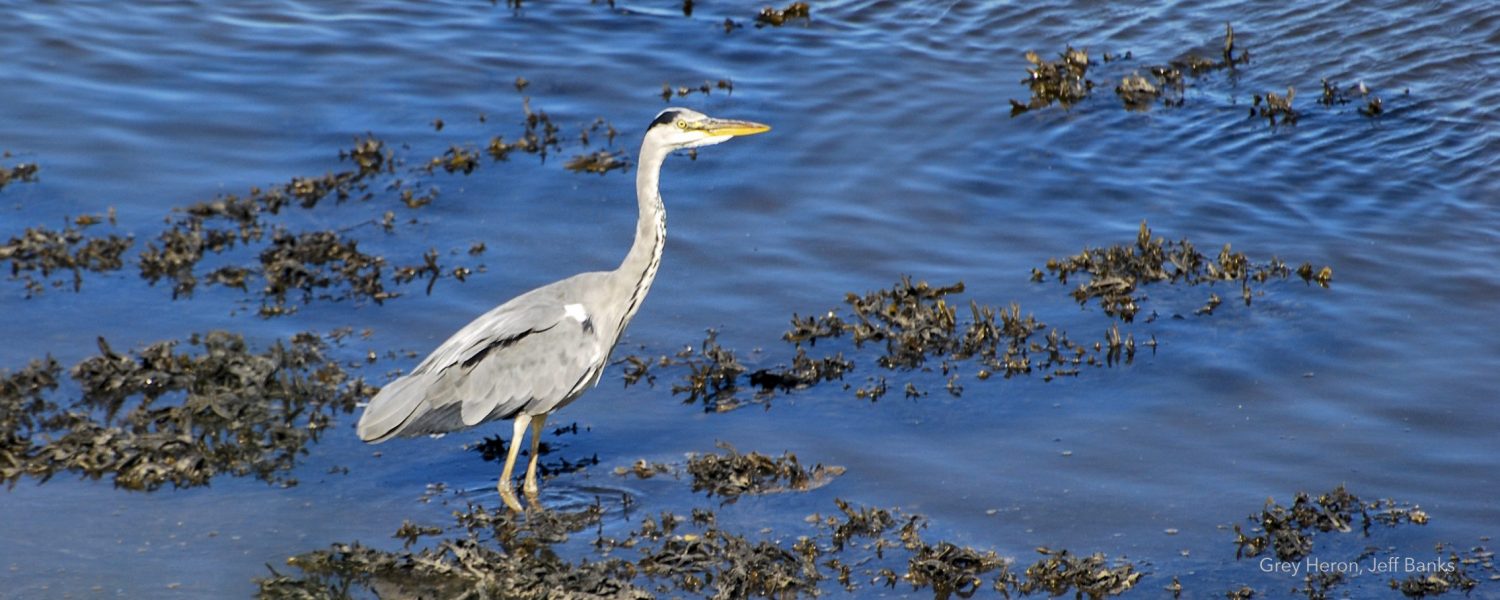PSNS Timeline
An Age of Scientific Discovery
1867 saw the introduction of antiseptics by Joseph Lister and Alfred Nobel’s patenting of dynamite. Across Britain over eighty local natural history societies had been formed with the idea that members would contribute their local knowledge, time and endeavour to science.
For over 200 years naturalists have been drawn to Perthshire to study its rich diversity of plants and animals. In February 1867, a group of fourteen natural history enthusiasts met in Perth and founded the Perthshire Society of Natural Science. Their intention was to document the plants and animals in Perthshire, their patterns of distribution and the reasons behind this. They gathered information on the arrival and departure times of migrating birds, the food of insect larvae, the first flowering dates of plants, and the habitats of rare species.
“For some time past it has been the desire of the naturalists of Perth that their city, the capital of a county perhaps richer in its fauna and flora than any other in Britain, should have an association, the members of which, by working together and mutually assisting each other, might advance the cause of those sciences which they love …”
Inaugural Address by the President, Francis Buchanan White, 7th March 1867



A Society for All
From the beginning the Society embraced an enlightened and accessible approach to membership. Members paid a subscription of 5 shillings and 6 pence, equivalent to about £21.00 today. Committed naturalists who could not afford to pay this amount were invited to become Associate Members and paid 3 shillings. These fees remained unchanged for 100 years. Members ranged from the aristocracy and landed gentry to professionals, clergymen, businessmen, craftsmen, working men and gamekeepers. In 1873 it was agreed to admit women to membership. Eighteen women joined and by the end of the century about a quarter of the members were women.

In the early days travel for the field trips was by horse drawn transport and train. There were 65 railway stations across the county and the Society was able to arrange for trains to stop between stations to drop off and collect field parties.
“The Perthshire Society of Natural Science has set an example to all local societies, in adhering to its sphere of first usefulness – the elucidation of the Fauna and Flora, Geology and Topography, of the area to which its labours have been devoted, and to the practical education of the rising generation“.
J.A. Harvie-Brown Preface in A Fauna of the Tay Basin and Strathmore, 1906
One hundred and fifty years later the Society is still going strong and has broadened its interests to cover a wide range of topics from Archaeology through Botany and Ornithology to Photography.



